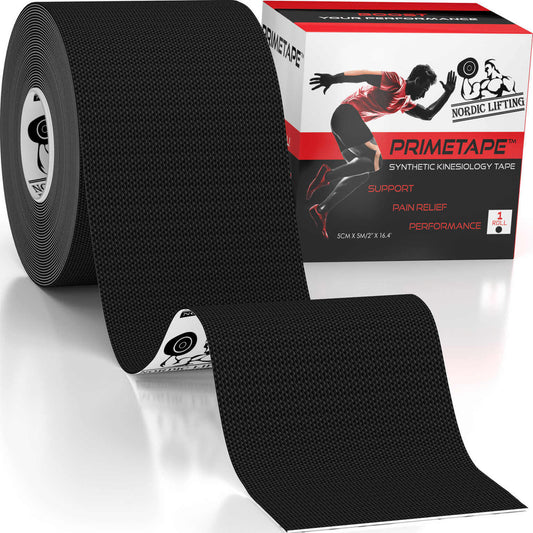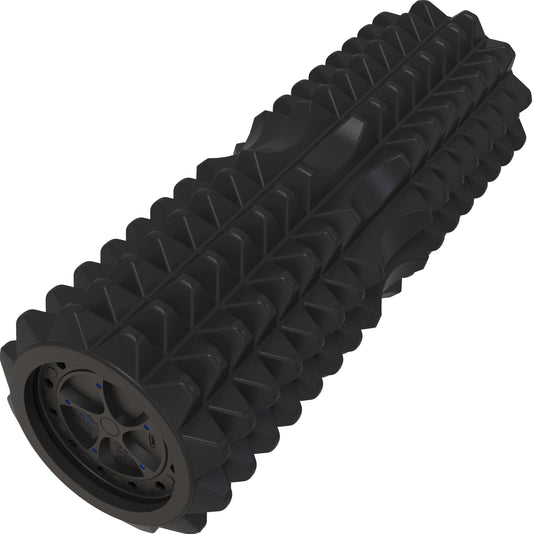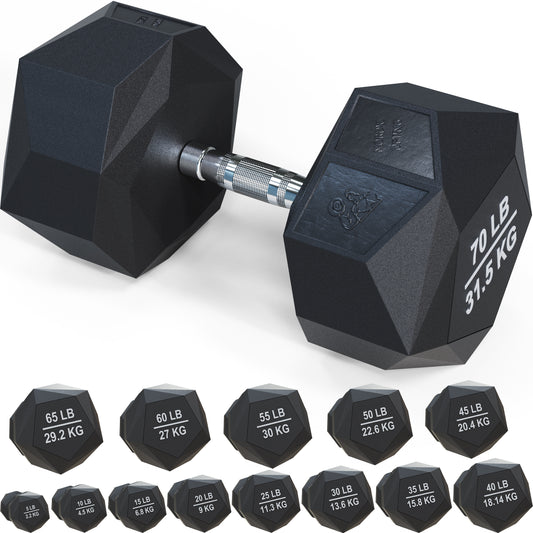Last Updated: February 10, 2025
Maximizing fitness potential is essential for anyone serious about their health journey. By following key strategies, individuals can significantly enhance their workout programs and achieve their fitness goals more effectively. Whether someone is new to working out or an experienced athlete, these practical tips can make a noticeable difference in their routine.
To optimize workout efficiency, it is important to focus on proper nutrition, varied routines, and recovery methods. Implementing these strategies can help maintain motivation and prevent burnout, allowing for sustainable progress. Understanding the importance of these elements is crucial in making the most out of any fitness program.
Key Takeaways
- Setting specific fitness goals can guide workout routines effectively.
- Proper nutrition plays a critical role in workout performance and recovery.
- Variety in exercises helps maintain motivation and prevent plateaus.
Setting the Stage for Success
Starting a fitness journey the right way can make a significant difference in achieving desired results. By defining clear goals and creating a solid workout plan, success becomes much more attainable. Additionally, supporting efforts with proper nutrition lays the groundwork for sustained progress.
Establish Your Fitness Goals
Setting achievable goals is crucial for maintaining motivation. These goals should be specific, measurable, and realistic. Instead of vague ambitions like "getting in shape," consider specifics such as "walking 3 miles three times a week." This clarity helps in tracking progress effectively.
To refine goals, individuals can use the SMART criteria:
- Specific: Clearly define what they want to achieve.
- Measurable: Incorporate metrics to assess progress.
- Achievable: Set challenging yet realistic targets.
- Relevant: Ensure goals align with personal interests.
- Time-Bound: Assign a time frame to increase accountability.
Creating a Tailored Workout Plan
A tailored workout routine is essential for progress. Individuals should consider their current fitness levels and preferences when designing this plan. A mix of cardio, strength training, and flexibility exercises can address multiple fitness aspects.
They might start with:
- Cardio: Activities like walking, running, or cycling for 150 minutes weekly.
- Strength Training: Two sessions per week focusing on major muscle groups.
- Flexibility: Incorporating stretching exercises to improve mobility.
Tracking workouts with a journal or app can keep them accountable and motivated. Adjusting the plan as fitness levels improve helps maintain engagement and progress.
The Importance of Nutritional Support
A balanced diet plays a critical role in supporting fitness goals. Nutrition fuels workouts and aids recovery. Including lean proteins, whole grains, fruits, and vegetables helps the body get necessary nutrients.
Focus on:
- Lean Proteins: Sources like chicken, fish, and beans for muscle repair.
- Complex Carbohydrates: Foods like brown rice and oats for energy.
- Healthy Fats: Nuts and avocados support overall health.
Staying hydrated is equally important. Drinking enough water enhances performance and aids recovery. Planning meals around workout times can maximize energy levels for optimal results.
Optimizing Workout Efficiency
Maximizing workout efficiency involves a mix of different training styles, proper recovery, and tracking progress. Each aspect plays a vital role in achieving fitness goals, which includes building strength, improving flexibility, and enhancing cardiovascular health.
Incorporating Various Training Types
Different training types can complement each other effectively. Strength training builds muscle and increases metabolism. Activities like weightlifting can lead to progressive overload, where gradually increasing weights helps improve strength.
Flexibility exercises like yoga or stretching help prevent injury and improve mobility. These should be integrated into the routine at least 2-3 times a week.
Another effective method is high-intensity interval training (HIIT). This combines short bursts of intense exercise with recovery periods. It can enhance cardiovascular health and burn more calories in less time.
Using a variety of training types keeps workouts interesting and encourages overall fitness.
Recovery and Its Role in Fitness
Recovery is just as crucial as the workouts themselves. Engaging in intense workouts without adequate recovery can lead to burnout or injury.
Sleep is fundamental to recovery. It allows the body to repair and build muscle. Aiming for 7-9 hours of quality sleep can significantly enhance performance.
Active recovery methods such as light walking or gentle yoga can help muscles recover while keeping the body in motion. Proper hydration and nutrition also play key roles in recovery. They provide necessary nutrients and promote muscle repair.
Incorporating rest days into a workout schedule gives the body time to recuperate and is essential for long-term success.
Tracking Progress and Staying Motivated
Staying motivated is necessary for all fitness journeys. One effective way to maintain motivation is to track progress. Keeping a journal or using fitness apps helps individuals visualize their achievements.
Setting specific, measurable goals allows for a clearer path forward. This could be lifting a certain weight or running a set distance.
Regular assessments, such as monthly fitness tests, can help adjust goals and maintain motivation. Sharing accomplishments with friends or joining a fitness community can also provide encouragement.
By tracking progress and celebrating small wins, individuals can remain engaged in their fitness journeys.
Frequently Asked Questions
This section addresses common inquiries related to enhancing workout effectiveness and incorporating sound practices into a fitness routine. Specific strategies, exercises, and dietary advice can significantly influence fitness results.
What are the key factors to enhance workout effectiveness?
Several factors can boost the effectiveness of workouts. Consistency in training, proper exercise selection, and appropriate intensity levels are crucial. Additionally, safety measures, including warm-ups and cool-downs, help prevent injuries and enhance performance.
Which strength training exercises should be included for overall fitness?
To achieve overall fitness, a balanced strength training routine should incorporate compound exercises. Movements like squats, deadlifts, bench presses, and rows target multiple muscle groups. These exercises improve strength and stability, promoting better functional fitness.
What strategies can beginners use to initiate a successful exercise routine?
Beginners should start slowly to avoid injury and burnout. Setting realistic goals and creating a structured schedule can help maintain focus. It is also beneficial to choose enjoyable activities, whether it's group classes or individual training, to keep motivation high.
How can one sustain high levels of motivation to continue a workout program?
Maintaining motivation requires setting specific, measurable goals and tracking progress. Connecting with a workout buddy or joining a fitness community can provide support. Regularly updating the workout routine can also keep things fresh and exciting.
What dietary considerations should accompany a rigorous workout regimen?
Diet plays a significant role in maximizing workout results. Consuming adequate protein supports muscle recovery and growth. Including a balance of carbohydrates and healthy fats provides sustained energy for workouts, while hydration is essential for optimal performance.
What are the essential elements of a balanced and effective resistance training program?
An effective resistance training program includes proper exercise variety, intensity, and frequency. It’s vital to target all major muscle groups and progress gradually. Adequate recovery time between sessions is important to prevent overtraining and promote muscle adaptation.












